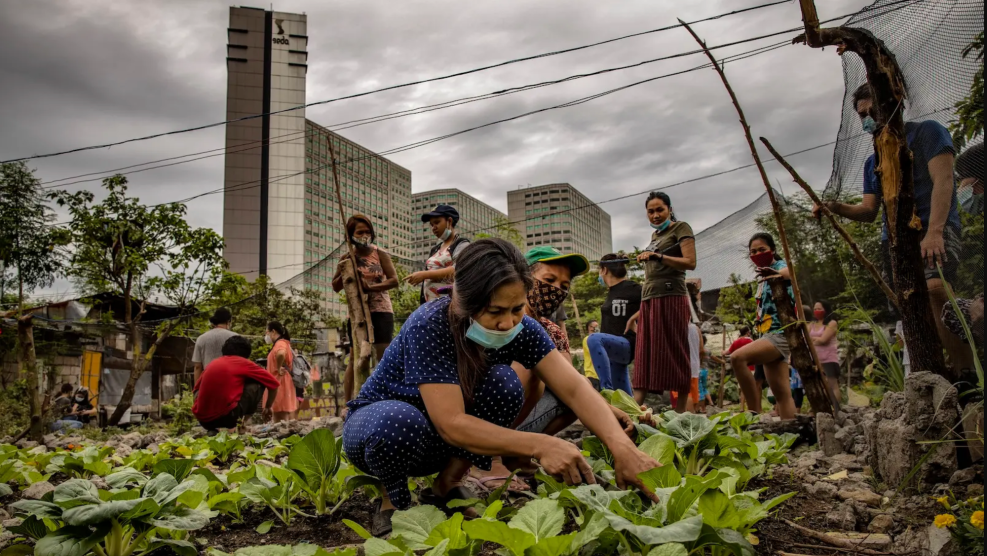Over at the Sierra Club site, Marilyn Berlin Snell has a story about how corporations use bankruptcy to discharge their environmental obligations. In particular, she follows the story of Asarco, a massive copper conglomerate whose smelters were poisoning towns. After being found guilty in court and racking up $500 million to $1 billion in environmental liabilities, the company declared bankruptcy in 2005—and the public was stuck with the bill for cleaning up the mess. It’s not an uncommon tactic:
Reorganization under the Bankruptcy Code’s Chapter 11 helps companies wipe the slate clean of environmental liabilities, giving them a fresh start. In the United States–a country that has based its keystone environmental laws on the principle that polluters, not taxpayers, should pay to clean up the poisons they spew–Asarco is just one example of how corporations use Chapter 11 to slough off massive environmental liabilities, reorganize, and then emerge leaner and meaner to operate another day.
Asarco’s parent company, Grupo México, is benefiting too. A few months after Asarco filed for bankruptcy, Grupo México announced that net profits had doubled–largely because Asarco’s environmental liabilities had been removed from its books. Of course, the liabilities remain, but now they are borne by U.S. taxpayers.
Last year, Congress cracked down on personal bankruptcy, making it harder for consumers to erase their debts. But legislators have done nothing to get tougher with the approximately 38,500 businesses that declare bankruptcy each year. A 2005 report to Congress spelled out steps the EPA could take to ensure such companies fulfill their environmental obligations. But as that study sits on a shelf, Asarco and an untold number of other polluting enterprises are getting a free pass.
No one really knows how many companies do this. Sen. Maria Cantwell (D-WA) asked the GAO to look into it, and the agency found the following: ” While more than 231,000 businesses operating in the United States filed for bankruptcy in fiscal years 1998 through 2003, the extent to which these businesses had environmental liabilities is not known because neither the federal government nor other sources collect this information.” Companies with environmental liabilities don’t always notify the EPA — ostensibly a creditor — when they file for bankruptcy. Snell, for her part, makes some guesses as to which companies are doing just this, however; it’s worth reading her whole story.
















